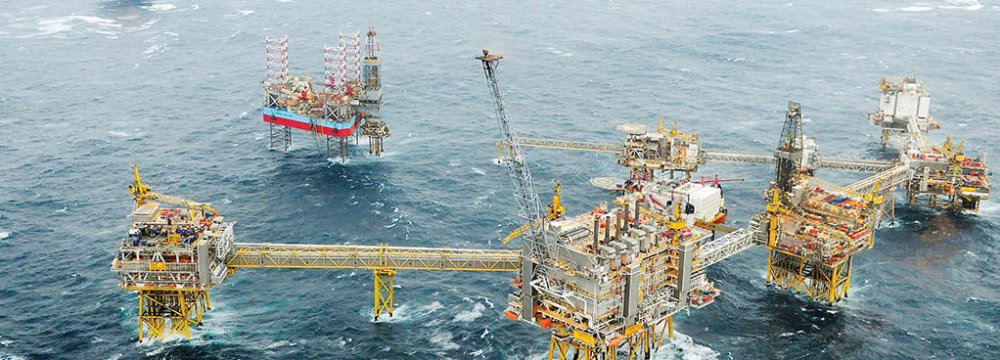The giant gas field that holds around 40% of total gas reserves on the Norwegian Continental Shelf is set to produce a record amount of gas this year, just as gas demand in the UK is on the rise.
Output at Norwegian field Troll—operated by Statoil—is expected to rise to record levels this year after Norway increased its production allowance for the field’s gas output, Bloomberg quoted a senior Statoil manager as saying, Oil Price reported.
“They are gently and carefully opening the valve for Troll,” Tor Martin Anfinnsen, senior vice president for marketing and trading at Statoil, told Bloomberg in a phone interview.
“There is higher demand in particular from the UK now but that doesn’t affect how much we produce in total; it more affects where we route the gas,” he added.
The UK—a large consumer of Norwegian gas—has vowed to shut all coal-fired power plants by 2025. Moreover, UK gas production from the North Sea is expected to decline and dependence on gas imports should rise.
According to the Oil and Gas Authority, UK gas import dependency would rise to 78% in 2035, compared to 48% dependency estimated for 2017.
According to UK regulator Office of Gas and Electricity Markets, last year, around 32% of gas demand came from GB North Sea fields and 44% from Norway.
Interconnector flows nearly doubled in 2016 compared to 2015, Ofgem said.
Coal’s share of the electricity generation mix dropped below 10% last year, while the share of gas rose to more than 40%. Wind and solar contributed to just below 15% of the mix, the regulator said.
Last year, Troll produced 31.86 billion cubic meters of gas, which accounted for 27% of Norway’s gas production, according to Bloomberg estimates.
Last month, Statoil was allowed to raise production at Troll by 3 billion cubic meters for the 2017 gas year that starts on October 1. Norway has raised the production quota for Troll to 36 billion cubic meters from 33 billion cubic meters for the current gas year.











Add new comment
Read our comment policy before posting your viewpoints